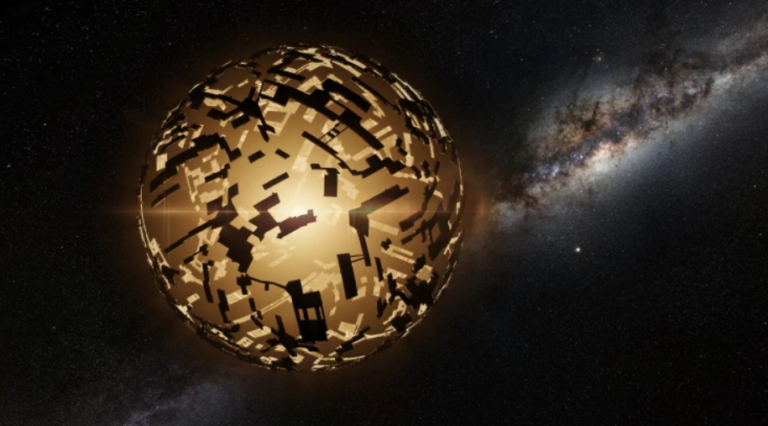Astronomers are examining 260,000 stars in an effort to identify extraterrestrial megastructures located in the Milky Way galaxy.
Scientists have directed their attention towards the stars in their pursuit of unraveling the enigmas of the universe and potentially uncovering indications of intelligent life beyond our planet. In a recent study published on arXiv, researchers delved into the captivating domain of Dyson Spheres, which are hypothesized colossal structures encircling stars to harness their energy output.
Originally conceptualized by physicist Freeman Dyson in 1960, Dyson Spheres offer a momentous solution for civilizations in search of vast energy resources. These theoretical constructs would empower advanced beings to tap into the immense energy radiated by stars, propelling their societies to unparalleled levels of progress.
To assess the plausibility of Dyson Spheres within our own galaxy, a team of researchers led by Macy Huston, a graduate student at Penn State, conducted a thorough analysis of 260,000 stars in the Milky Way. By utilizing optical data from the Gaia Observatory and infrared data from the AllWISE program, the team meticulously scrutinized the characteristics of these celestial entities.
Their discoveries unveiled a captivating revelation: fewer than one in a thousand stars displayed compatibility with a Dyson Sphere covering 10% of the star’s surface area. This percentage decreased even more for spheres with larger coverage, highlighting the scarcity of such constructs in the galactic realm.
It is essential to emphasize that these calculations serve as an upper boundary, not a definitive count, of Dyson Spheres. Natural occurrences could imitate the infrared signals linked to these massive structures, complicating detection endeavors.
Looking to the future, this study sets the stage for focused inquiries directed at examining potential stars for indications of extraterrestrial construction. By scrutinizing the complete spectra of these stars, researchers aim to identify subtle hints that differentiate Dyson Spheres from traditional astrophysical events.
As the pursuit of unraveling cosmic intricacies persists, astronomers eagerly anticipate forthcoming data releases from projects like the Gaia Observatory. These data sets offer the promise of invaluable insights into the characteristics of stars and, conceivably, the revelation of clues regarding the presence of mysterious megastructures concealed within the vast expanse of the Milky Way.
Fundamentally, while the search for Dyson Spheres may be speculative, it embodies our continuous exploration of the unknown and our resolute commitment to uncovering the universe’s mysteries. With advancements in technology and a deepening comprehension of the cosmos, the possibilities of what wonders lie among the stars are boundless.
Do not forget to share your opinion with us to provide you with the best posts !




0 Comments